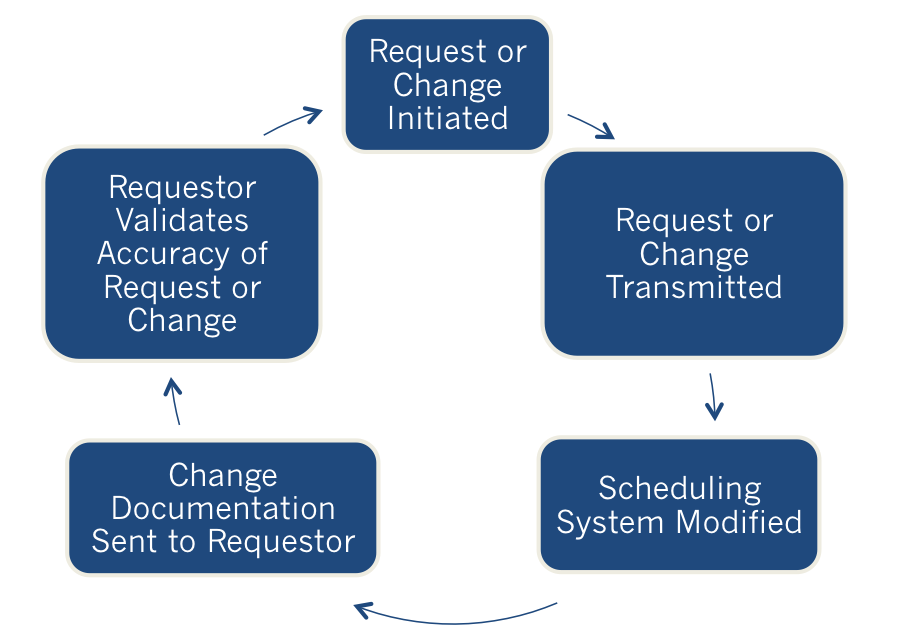What’s the fastest route to losing your aviation job? Or, worse, losing your entire flight department?
One sure way is by losing the confidence of your executive travelers.
Losing everything might sound harsh. But in reality, if you or your team members leave a key decision-maker thinking the following:
“How do I know that I’m safe on the aircraft if my aviation team can’t handle simple communications?”
Then you’re at perilous risk.
Working within the private and/or business aviation industry is one of the most demanding, service-related endeavors on the planet.
There are countless ways to drop the ball. You can do so during the interfaces between your executive or family travelers, their personal or executive assistants and your aviation organization.
That’s why the service standard is really very straightforward. You either perform perfectly or you fail. There are no points for “best effort.”
“Nice try” translates to “you blew it.”
As that sage old saying holds: “Performance is the only thing that counts; everything else is ‘conversation’.”
Identifying Critical Factors
One of the most effective steps an aviation organization’s leader can take is to identify the key points of vulnerability. This is where the delivery of service can be adversely affected.
Without a doubt, one of the most vulnerable is the point at which information is being exchanged. It’s particularly acute in the communication between the traveler (or his/her representative) and the aviation department.
We can make it more universally applicable by saying “at the point of communication between the ‘Service Recipient’ and the ‘Service Provider.’”
The smallest oversight by the Service Provider can have catastrophic consequences. In the end, the final responsibility for effective communications will always rest with the Service Provider. (In this case, the aviation organization).
Closing the Loop on Closed-loop Communication Principles
Now it’s very true that intra-department communication channels must be clear, open and effective. What’s fortunate is that the quality of these communications is completely within the control of the aviation department’s leadership.
With every Corporate/Family Office communication to/from Aviation comes the potential for communications failure. The area of greatest interface and risk is with communications between the Executive/Family office and the aviation scheduling function.
It’s not uncommon for 40 to 60 changes (or customer “touches”) to occur for a single trip following its original scheduling.
These changes can take the form of telephone conversations, e-mail exchanges and/or conversations with the flight crew while the trip is in progress.
Importantly, with each of these touches, there is the potential for a communications failure. And, each communications failure will reflect poorly on the aviation organization. This is despite what the actual root cause might be.
The most effective path to communications effectiveness (and the “trapping of errors”) isn’t by developing a better attitude or “working harder” or employing more talented people, but, rather, by creating and employing operating systems that “engineer” effectiveness.
The two communications principles that yield the greatest positive results are “simplicity” and “closed-loop communications.”

Mapping the Communication Path
First, we suggest that you map each of the communications steps that occur. Start with the Service Recipient (the traveler) and the Service Provider (the aviation department, including Scheduling and the Flight Crew).
In the mapping process, identify all interfaces where no value or communications refinement is added.
A typical example of this is where one person is an intermediary between two other people and he or she merely relays the message without adding/deleting content.
That step in the process should be expunged because it adds no value—it only increases the risk of communications failure.
After the entire communications interface process has been simplified (which also makes it more scalable), it’s time to ensure that each communications loop is effectively closed.
The basic concept of closed-loop communication occurs when the Service Recipient (or that person’s agent/executive assistant) initiates the request. The Service Provider(Scheduler or Flight Crew) receives the request and notes the request in the aviation scheduling system, be it automated or manual.
The Scheduler then sends a confirmation of the change or request back to the service quest or who verifies that the change matches the original request. These steps exemplify a “closed-loop” system or process.
Leveraging Technology
In today’s fast-paced aviation organizations, activity occurs on a 24/7 basis.
It’s very common for several different people, both in the Service Requestor and Service Provider areas, to “touch” a single trip. Thus, audit trails and “changed field flags” are essential to expedite, facilitate and validate the change process.
Thankfully,technology can be leveraged to enhance and simplify these processes.
In some automated systems, any edited fields or values are automatically shaded during the modification process. That “change record” (or an extract thereof)is transmitted to the Service Request or for validation.
If it’s correct, the Service Requestor removes the shading (by clicking on the field), which confirms the change. A trip with shaded fields cannot be released by Dispatch until all the shaded fields are cleared (confirmed) by the Service Requestor.
Using these communication protocols forces all stakeholders to agree upon the latest trip plans before a flight leg is dispatched.
Thus,the universal performance standard, from the perspective of the traveler at this level of private/business aviation, which is “Perfection,” becomes far more achievable.
Remember, your keys to superior performance are 1) simplification, 2) closed-loop communications and 3) systemic process designs.
Next Step
How about your own experience with striving for—and hopefully achieving—these principles of communication? Have you had success? If so, we’d love to hear from you about how you made it happen. Please write to us or tell us about it in the comments section below.
